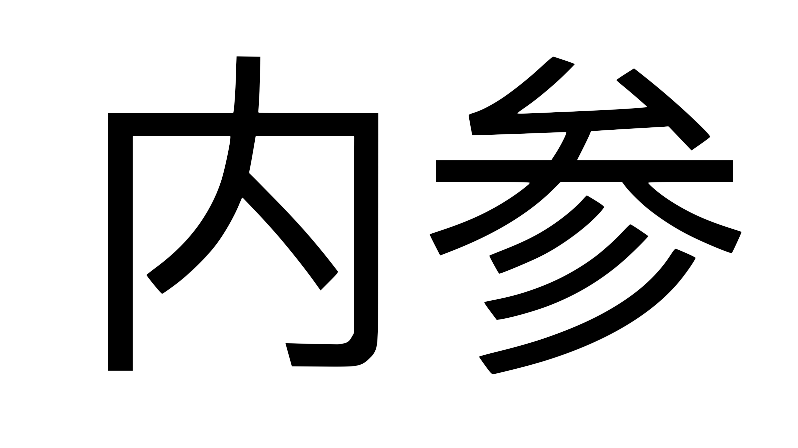Brief #121: Tangshan Incident and Women’s Rights in China
In the early hours of June 10, a man approached a young woman with unwanted sexual advances at a local restaurant in Tangshan, northern Hebei province. The man and his male companions subjected the woman to a brutal beating after she rebuffed him. They dragged her outside by her hair; they kicked and punched her; they smashed beer bottles over her head.
The shocking episode led to widespread condemnation after the footage of the incident went viral on Chinese social media. Together with other recent cases, it underlines just how far China still has to go in protecting women’s rights.
The aftermath of the Tangshan Incident
In the aftermath of the Tangshan Incident, Chinese netizens were outraged. Their anger was amplified by the initial reactions from several Chinese state media outlets. Beijing Youth Daily, for example, in a Weibo post (since deleted), portrayed the primary attacker as “having a conversation with the women” before his friends “joined the battle”. Another state media outlet suggested that the incident was caused by the women declining the man’s sexual advances. Many Chinese saw such framings as indicative of embedded misogyny.
The authorities moved swiftly following the incident. Ten suspects were prosecuted and charged, with the initial responding police officers reprimanded for failing in their duties. The provincial public security department dismissed the local deputy police director in Tangshan following an investigation. Moreover, Tangshan was stripped of an honorific title as one of China’s nationwide civilised cities.
Much of the emphasis – particularly from central authorities in Beijing – revolved around public order, uncivilised behaviour, and the failure of local officials. The authorities and state media framed the Tangshan Incident as an isolated case rather than a symptom of deeper problems.
Of course, the Tangshan Incident is not an isolated case – it is the latest in a series of cases involving violence against women that have shocked the Chinese public. In January, for example, a mother of eight children was found shackled and malnourished – imprisoned by her husband under abysmal conditions – in Xuzhou, Jiangsu province. That woman was a victim of human trafficking.
Addressing women’s rights
In the post-Mao era, the Chinese state and its agents have been reluctant to intervene in domestic disputes, including cases involving domestic violence. In the words of feminist scholar and activist Feng Yuan:
when a police officer responds to a report, they might say, “Hey, stop fighting. Just make things work if you can, and get divorced if you can’t.” But their responsibility is to issue written warnings, detain abusers, and get victims medical help or a place to stay, if needed. Those kinds of referrals almost never happen, in our experience. Sometimes the police will record serious incidents as simple fights between husband and wife or family disputes, with no mention of abuse whatsoever.
In 2016, China introduced its first Anti-domestic Violence Law, which sought to protect domestic violence victims by allowing them to apply for personal protection orders. Since then, only a few thousand of these orders have been issued nationwide annually in a country of hundreds of millions of families. To address the limits of the law’s effectiveness, the Supreme Court of China issued a new guideline in July to make it easier to apply for personal protection orders.
Despite tentative progress on some fronts, there remain limits on the Chinese state’s response to domestic violence. The root of the problem is an entrenched culture of gender discrimination and patriarchal entitlement, and the state’s reluctance to upset the socio-political status quo.
Here are some ways in which the state’s actions/omissions have hindered the progress of women’s rights. First, in recent years, the state has taken a conservative turn on gender roles, reinforcing what it deems to be “traditional” gender stereotypes and restricting the space for expressing “non-traditional” gender roles.
Second, authorities have cracked down on feminist activists and advocacy groups, prioritising the maintenance of perceived social order and stability over progressive changes.
Third, the state continues to instrumentalise and objectify the female body through policies on reproductive rights. Whilst the one-child policy has been abandoned due to the sharp fall in birth rates and an ageing society, Chinese women are now facing increasing pressures from the state to bear more children for the nation. Moreover, women’s reproductive rights continue to be restricted as in the case of single women wanting access to in vitro fertilisation (IVF).
Finally, there continued to be a gross under-presentation of women in the top echelons of the Chinese political system (as demonstrated by the tables below):
In essence, the Chinese state is reluctant to upset the status quo. Some breakthroughs along formal, legal lines have emerged, but the path ahead remains rocky and troubled for those seeking to take on the patriarchal norms embedded in certain parts of Chinese society.
By Adam Ni and Brian Wong
